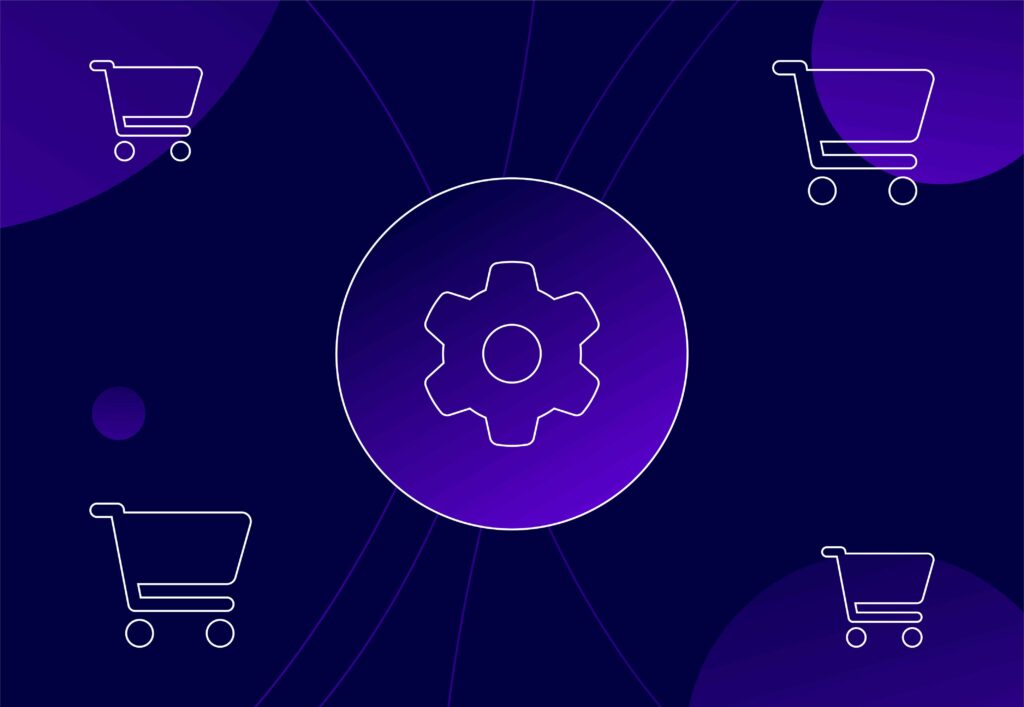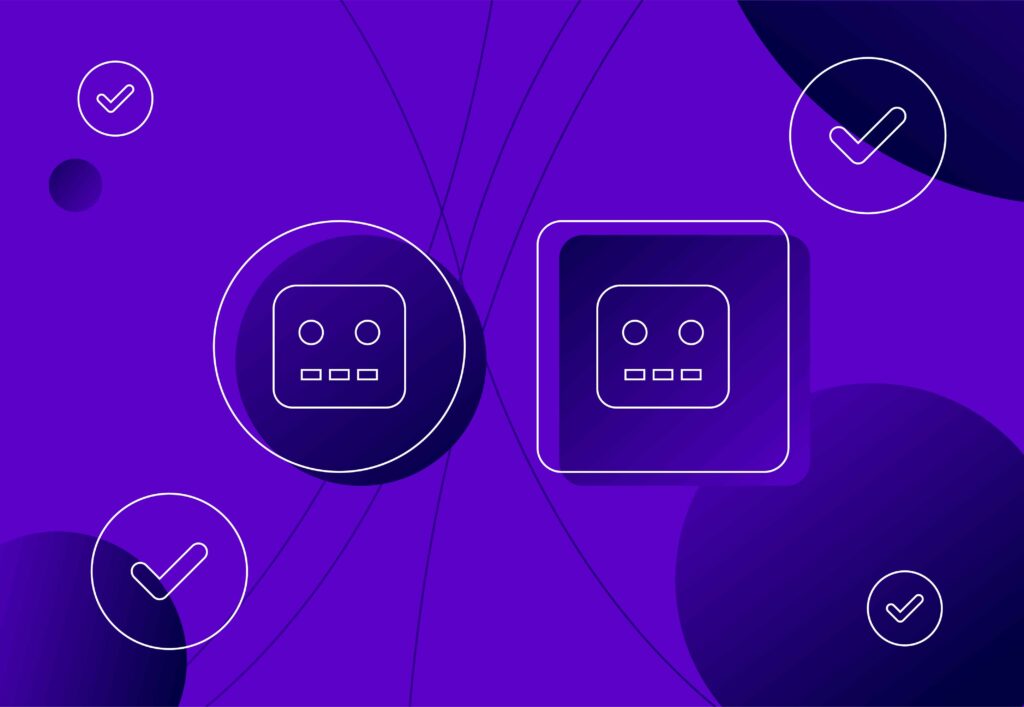
How The Cloud Is Transforming F1

The second half of the Formula 1 2021 season starts on 27th August following a three week long summer break.
This season has to be one of the most contested championships in years as 7 times world champion Lewis Hamilton seeks to be the most successful F1 driver of all time and break the record set by Michael Schumacher. Max Verstappen, his rival driving for Red Bull Racing is seeking to win his first ever world championship and will not let anyone take this chance away from him.
Throughout the twists and turns of this season so far, the two drivers have been racking up the points and keeping fans on the edge of our seats with wheel to wheel on-track battles. This didn’t end well for Max at Silverstone (The British Grand Prix) as he collided with Hamilton and ended up in the wall at an impact of 51Gs.
Keeping track of all the 20 drivers in action is quite a task when drivers are hitting speeds as high as 230mph. Not only do all the cameras strategically placed on every corner help us observe all the action but it is the information gathered by the sensors on the cars and the calculations in cloud computing platform Amazon Web Services that help us the audience and the racing teams understand what the possible outcomes could be.
This real-time data that is calculated is responsible for reporting Fastest Laps, Speed Traps, Tyre Performance per wheel and also attacking distance between drivers.
So crucial is this data, it can calculate the amount of time lost if a driver was to come in for a pit-stop. This data alone can be the difference between a win or 2nd place for drivers as they seek to undercut their rival by coming into the pits to change tyres.
It helps the audience determine which drivers are attacking the apex at just the right speeds to complete the perfect fastest laps by calculating braking speeds and speeds carried out of the corner.
Cloud computing has enabled fans from around the world to watch and strategize what the best decision would be to take. It has given a better understanding of the decision drivers and teams have to make whilst defending their position on track.
Not only is F1 Insights great at determining stats, the machine learning algorithms can predict race strategy outcomes with increasing accuracy for teams, cars, and drivers. These models are then able to predict future scenarios using refreshed real time data as Grand Prix races unfold to deliver a rich and engaging fan experience.
Approximately 440 million fans around the world watch races live and are getting a better understanding of the sport they love. This sport is a data-driven sport where much of the thrill for fans comes from poring over stats to gain a deeper understanding of driver and team decisions.
How Cloud Computing is transforming sport.
Cloud Computing has transformed the viewing experience of Formula 1 and this is likely to carry onto other sports. Currently cloud computing is being used in the NFL to track players movements, speed and placements to determine team strategies and strengths.
Sports organisations are using the cloud, on and off the field of play, to achieve record goals and reach a growing worldwide audience. This can help lower leagues and low-tier sports to broadcast an equivalent experience as F1 to fans around the world.
This sector is only going to get better as IBM and Alibaba Cloud are competing with their own sporting services. We all win from this as viewers and this makes the time we devote to watching sports all the more worthwhile.





